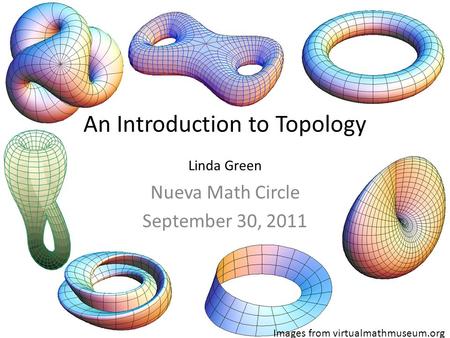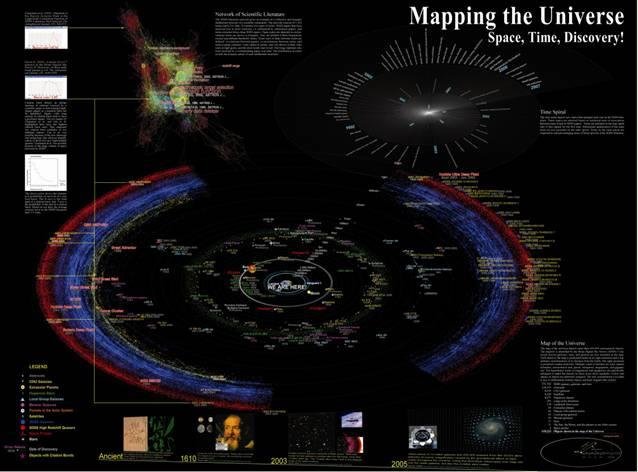 |
| Nature Astronomy on Twitter: "A superlative supernova: SN2016aps |
This finding was made by researchers at the University of Birmingham, UK.
A study led by Matt Nicholl, a lecturer at the Faculty of Physics and Astronomy and the Institute of Astronomy of Gravitational Waves at Birmingham University, UK, has uncovered the brightest supernova discovered so far. This supernova, SN2016aps, is 3.6 billion light-years away, notes Space
"We can measure supernovae using two scales: the total energy of the explosion and the amount of energy that is emitted as observable light or radiation," explains the researcher. "In a typical supernova, radiation is less than 1% of total energy. But in SN2016aps, I discovered that the radiation was five times higher than the blast energy of a normal-sized supernova. This is the most light I've seen from a supernova, "he adds.
The researchers explain that SN2016aps is a "strange" object, theorizing that it could be a particular type of supernova: unstable pulsation pair; in which two big stars collide before they explode. The existence of such supernovae has been theorized, but they have not yet been identified in the data provided by astronomical observers.
"If the supernova is synchronized, it may end up releasing a huge amount of energy during the collision. We believe that this is one of the most convincing candidates for this process that has not yet been observed, ”explains the researcher.
"The gas we detected was mostly hydrogen, but such a massive star would usually have lost all its hydrogen through stellar winds long before it started pulsing. One explanation is that two slightly less massive stars around, say 60 solar masses, merged before the explosion. The lower-mass stars keep their hydrogen longer, while their combined mass is large enough to trigger pair instability, ”said Dr. Nicholl.
The study was published in Nature Astronomy.























